Painting shadows well is essential for giving any artwork depth, form, and realism. Shadows are more than just dark areas; they have color, texture, and tone that interact with light. Understanding the different types of shadows, like cast shadows and form shadows, and learning how to paint them correctly can greatly improve the overall quality of a painting.
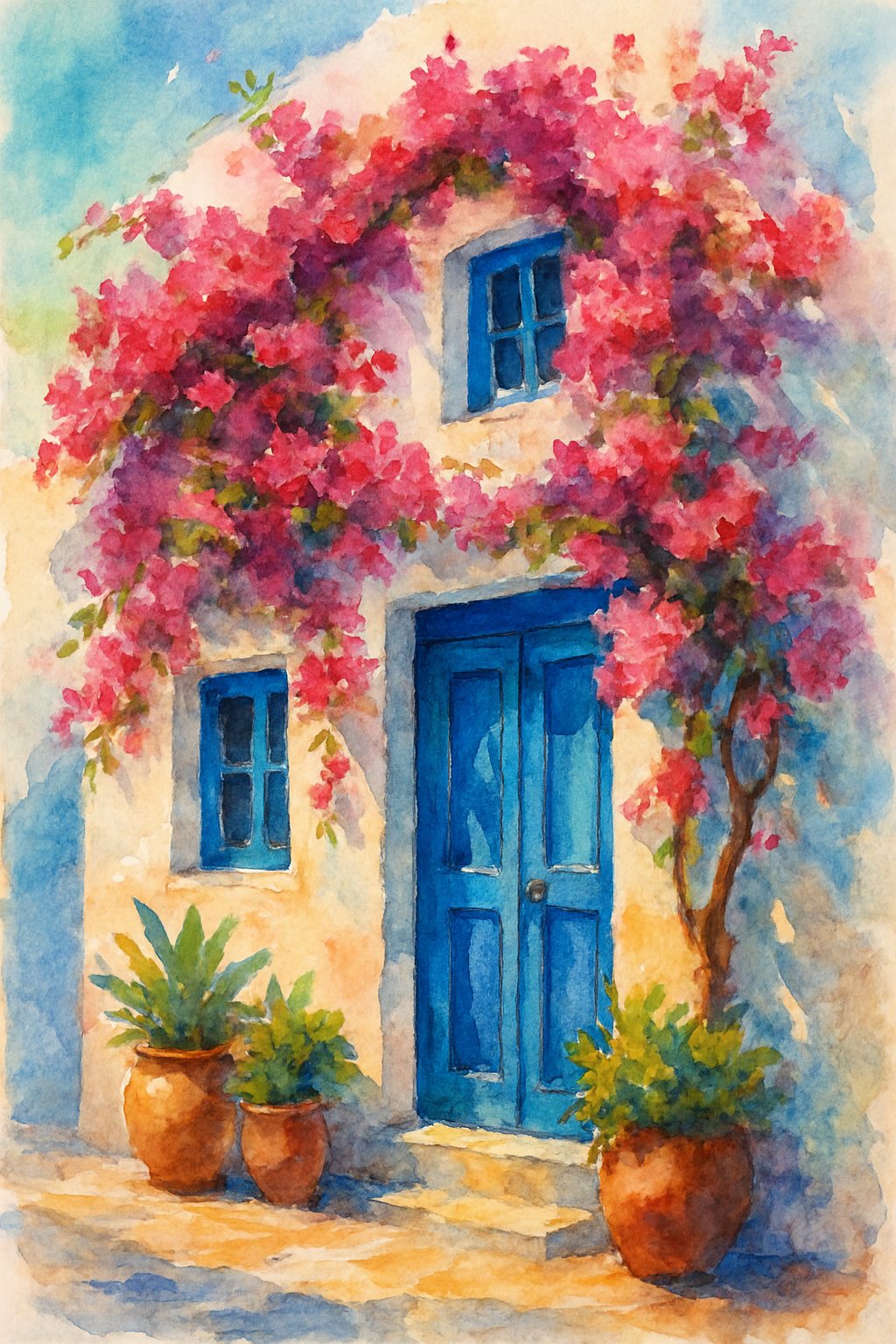
The key to realistic shadows is observing how light behaves on real objects and using that knowledge to mix colors that capture natural tones. Pure black rarely creates believable shadows, so artists often use complementary colors, blues, greens, or purples to achieve a more accurate effect. Paying attention to shadow texture and tone also adds dimension and makes paintings come alive.
Shadows are a vital part of every scene, whether a still life, landscape, or figure painting. Mastering their nuances lets artists show the shape and position of objects while guiding the viewer’s eye through the composition. This guide covers the basics and techniques needed to paint convincing shadows in various styles.
Painting Shadows Tutorial
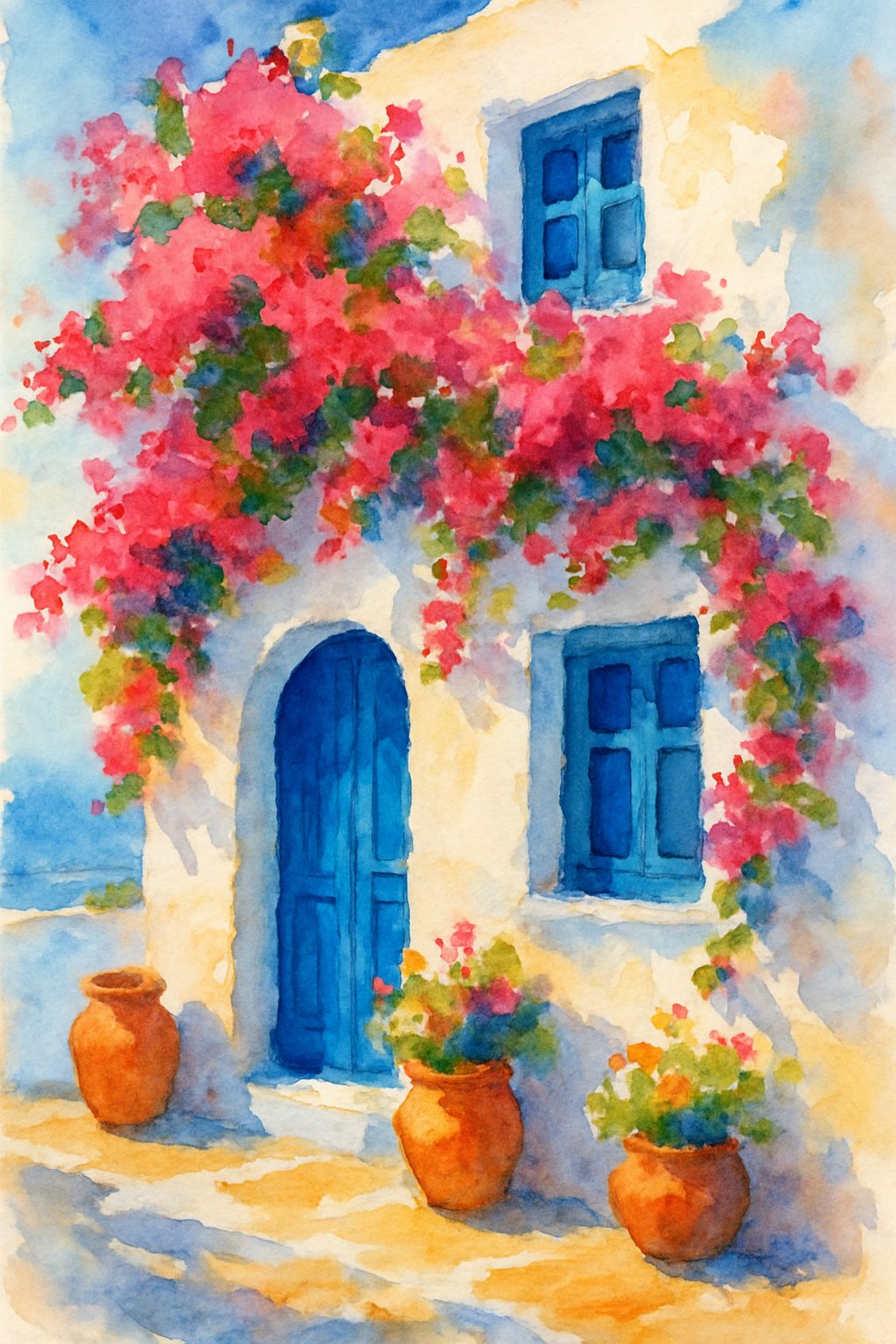
To start painting shadows, it is important to first understand the type of shadow being painted. There are two main kinds: form shadows and cast shadows. Form shadows show the shape of an object and are found on surfaces turned away from the light. Cast shadows are created when an object blocks light, falling on another surface.
Instead of using pure black, painters mix shadow colors using complementary colors or tones like deep blues, purples, and greens. This makes shadows look more natural and less flat. Pure black often looks too harsh and unrealistic.
Painting shadows involves observing the light source carefully. The direction, hardness, and color of the light affect the shadow’s shape and color.
A common technique is to start with light layers and gradually build depth using glazing or layering. This method helps control tone and avoids shadows becoming too dark too fast.
Pay attention to texture in shadows. Shadows are not smooth or plain but contain small variations in tone and detail, adding realism and depth.
| Step | Action |
|---|---|
| 1. Identify | Decide if the shadow is form or cast |
| 2. Mix Colors | Use complementary or natural shadow hues |
| 3. Observe | Study how light affects the shadow’s shape |
| 4. Layer | Build shadows gradually using glazing or thin layers |
| 5. Add Texture | Keep shadow details to avoid flatness |
Following these steps helps create shadows that blend well with the rest of the painting.
How to paint shadows
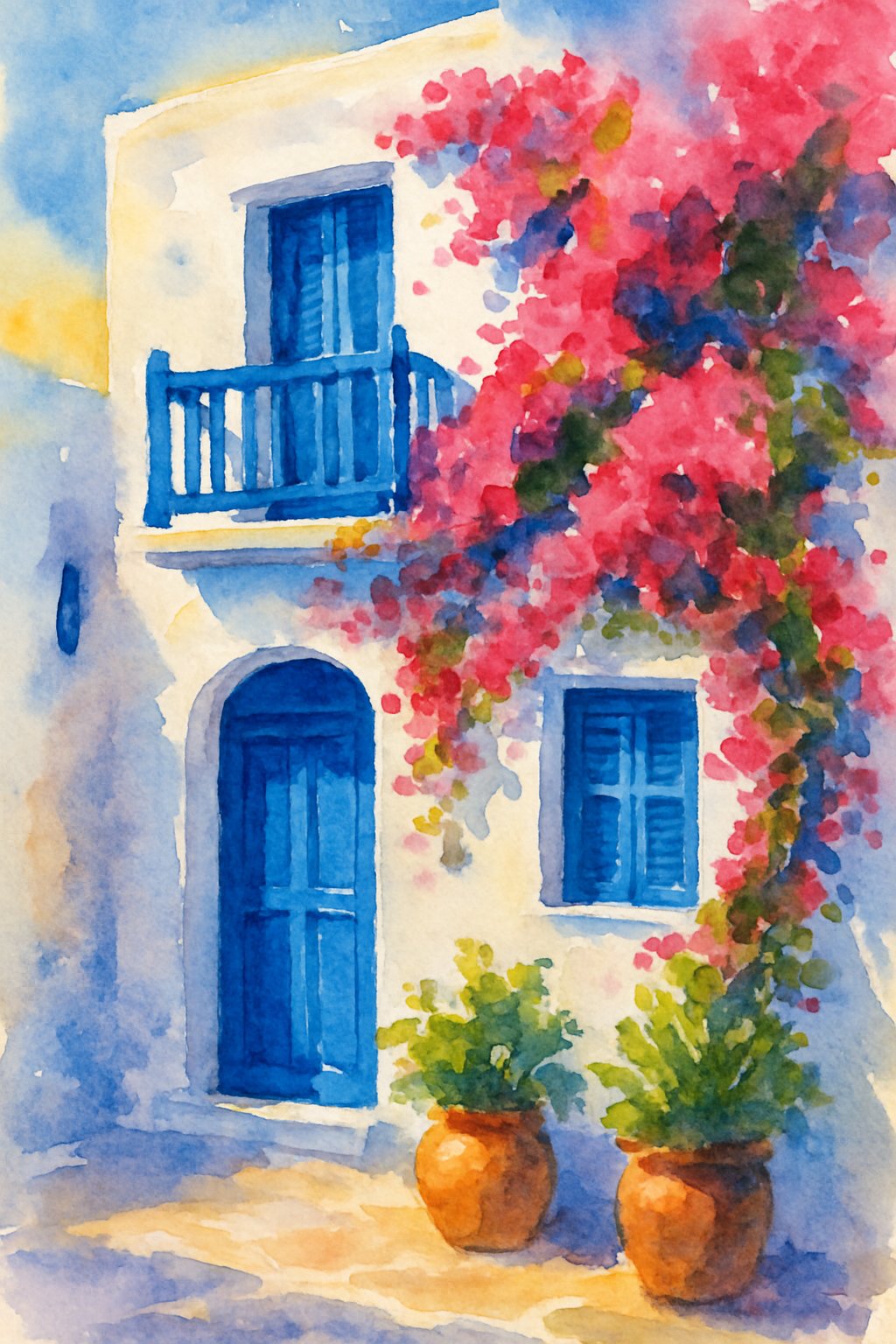
Painting shadows well starts with choosing the right colors. Instead of using pure black, painters should mix colors to create a natural-looking shadow. Shadows often contain blues, purples, or greens depending on the light and surroundings.
Shadows can be split into two types: form shadows and cast shadows. Form shadows appear on the object itself where light is blocked. Cast shadows are created when an object blocks light onto another surface, like the shadow of a tree on the ground.
When applying shadows, artists should avoid flat, uniform color. Shadows have texture and subtle changes in tone. Adding layers with different values makes shadows look more realistic and gives the painting depth.
Many painters use glazes in watercolor or acrylic to build shadows gradually. Starting lightly and layering darker colors allows more control and prevents over-darkening. Glazing helps blend shadow colors smoothly with the rest of the painting.
It is important to consider the light source and direction when painting shadows. Shadows will shift in shape, size, and darkness depending on where the light comes from. Observing real-life shadows helps recreate these effects accurately.
| Tip | Explanation |
|---|---|
| Avoid pure black | Use mixed colors like blues or purples |
| Understand shadow types | Know the difference between form and cast shadows |
| Build layers gradually | Use glazing techniques for subtle depth |
| Observe real shadows | Notice changes in texture and tone |
Painting Realistic Shadows
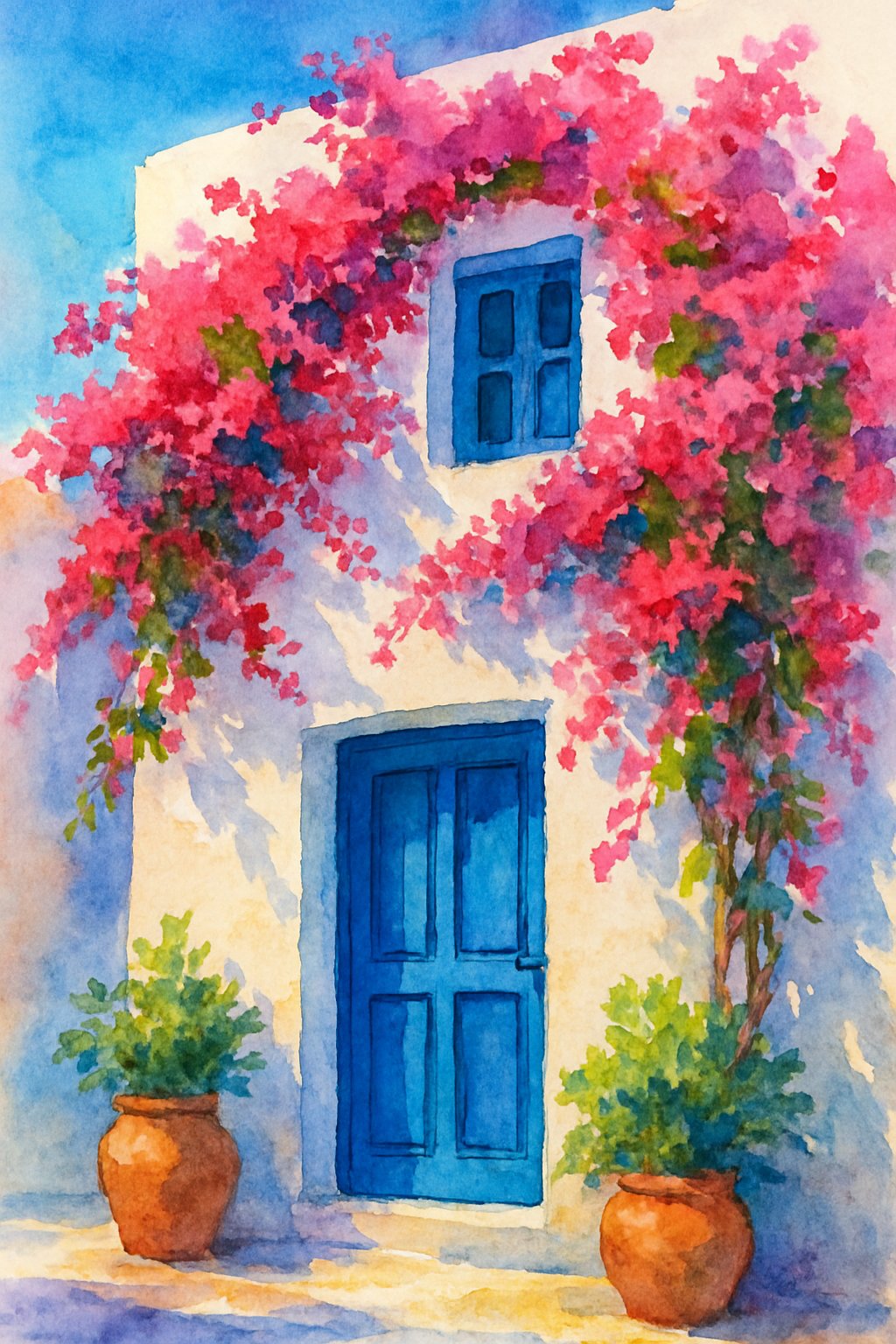
Painting realistic shadows requires understanding that shadows are never pure black. Instead, shadows contain color influenced by the light source and surroundings. Using complementary colors or mixing a chromatic black, which has hints of color, creates more natural shadows.
Artists need to recognize two main types of shadows: form shadows and cast shadows. Form shadows show the part of an object turned away from light. Cast shadows are created when an object blocks light on another surface. Both types must be painted differently to look believable.
Shadows also have texture and tone. They are not flat areas of color but contain subtle changes in light and dark. This variation adds depth and keeps shadows from looking artificial. Paying attention to this helps the painting feel more three-dimensional.
When painting shadows, many artists avoid applying them too early or too late. Some leave shadow areas blank until ready to work on them, while others add shadows in layers using glazes. This method allows better control over shadow depth without overpowering the painting.
Finally, shadows in nature often include blues, purples, or greens depending on light and environment. These colors give shadows a lifelike quality that plain black cannot achieve. Using this knowledge, painters can add realistic shadows that help their artwork feel grounded in real light.
Painting Shadows on Canvas
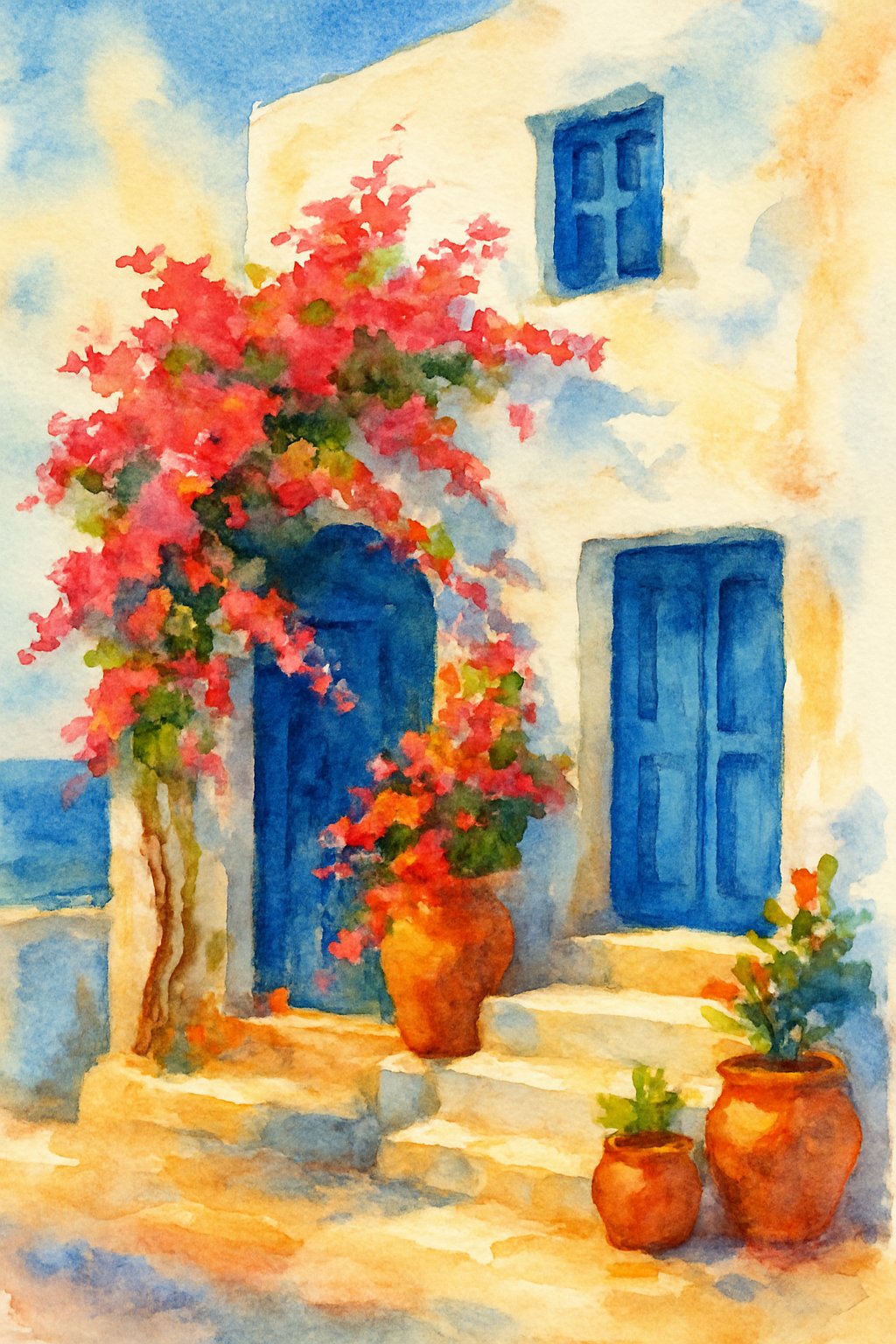
Painting shadows on canvas requires careful observation of light and color. Shadows are rarely pure black, so using straight black paint usually makes shadows look flat and unrealistic. Instead, artists mix colors to create shadows that feel natural.
A good way to start is by mixing a chromatic black. This means combining colors like blue, purple, or green with a dark tone instead of using solid black. These colors reflect the subtle hues found in real shadows.
Shadows come in two main types: form shadows and cast shadows. Form shadows appear on an object’s surface away from the light source. Cast shadows fall on other surfaces where the light is blocked. Each type needs different treatment in color and softness.
Painters often use layering or glazing to build shadows gradually. Starting with lighter layers lets them control depth without making shadows too dark. Glazing also helps keep texture and tone in the shadow to avoid a flat look.
Here is a simple guideline for shadow colors often used:
| Shadow Color | Effect |
|---|---|
| Deep Blue | Brings coolness and depth |
| Purple | Adds richness and warmth |
| Green | Suggests outdoor natural light |
| Mixed Dark Hue | Creates realistic chromatic black |
Using these colors thoughtfully helps shadows fit naturally into the painting, enhancing the overall illusion of light and form.
Painting Highlights and Shading
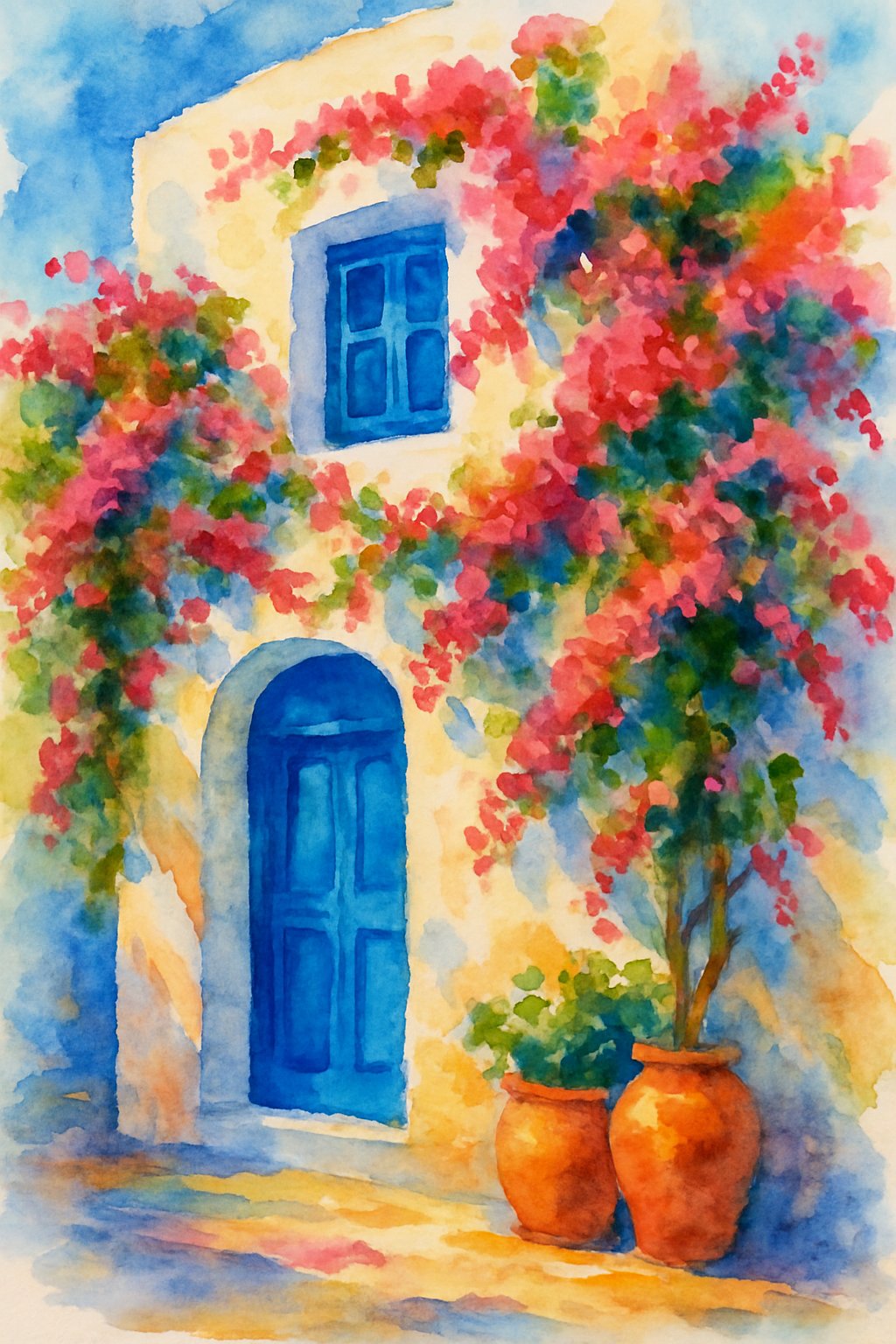
Painting highlights and shading is key to creating depth and realism in artwork. Highlights show where light hits directly, making areas appear brighter. Shading reveals the parts blocked from light, adding shadows that define shapes.
Artists often use warm colors like yellows and oranges for highlights. These colors suggest light and energy. For shadows, cool colors such as blues and purples work well. They give a sense of coolness and depth, enhancing the 3D effect.
Understanding the light source is crucial. The position and strength of light affect where highlights and shadows fall. For example, a light from above creates top highlights and darker shadows below.
There are two main types of shadows:
- Form shadows: appear on the object itself, showing its contours.
- Cast shadows: are created when the object blocks light, falling on surrounding surfaces.
The value of color (how light or dark it is) changes for shadows and highlights. Highlights are lighter tints of the base color, often mixed with white. Shadows are made from darker shades, sometimes mixed with complementary colors to avoid flatness.
Using techniques like layering and glazing allows smooth transitions between light and dark. Artists build up thin layers of paint for soft, natural shading.
Proper brushwork also helps. Smaller brushes add fine details, while larger brushes fill in bigger areas smoothly. This mix improves texture and realism in painting.
Understanding Light and Shadow
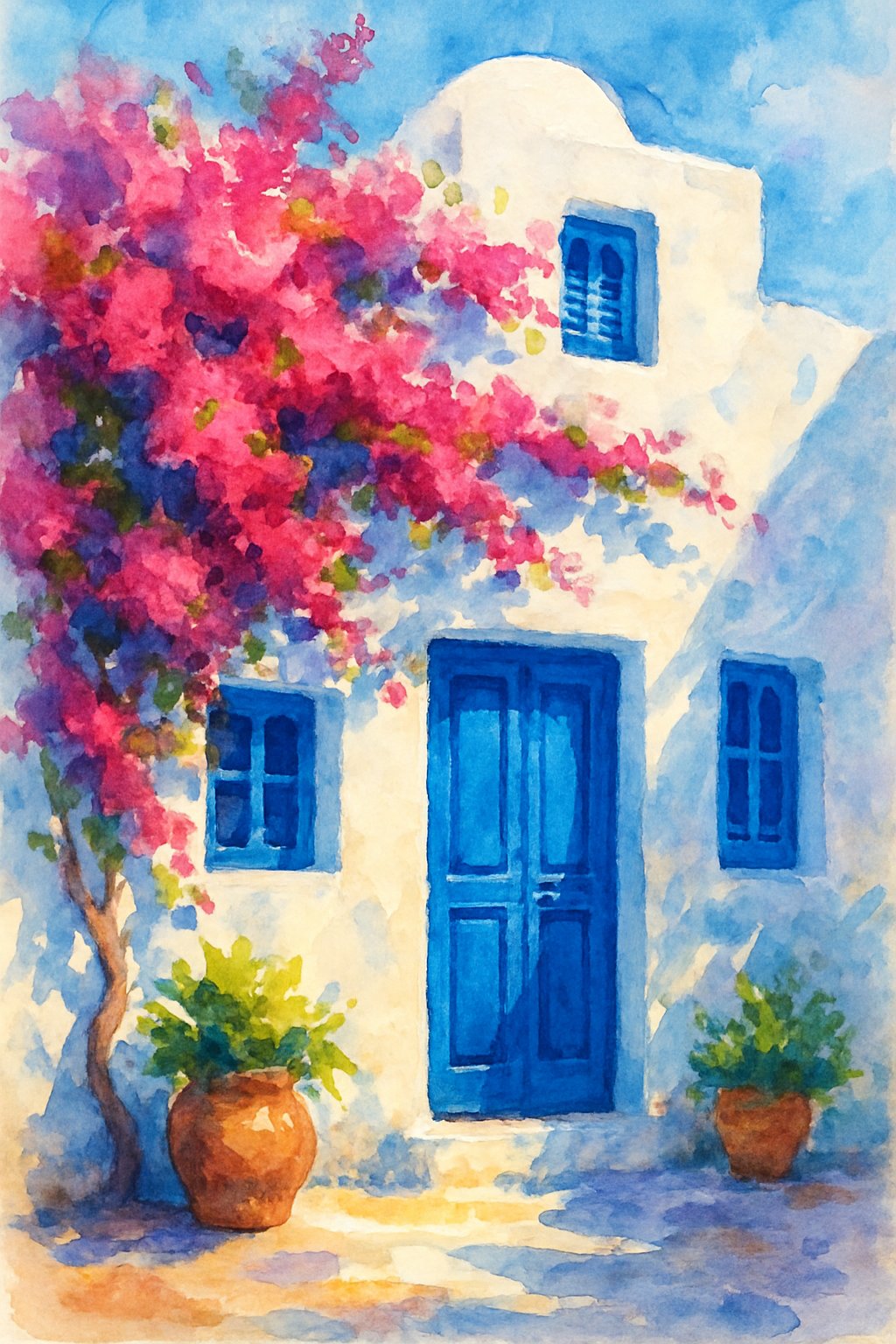
Light and shadow work together to create the illusion of depth and form in a painting. Light hits an object and creates bright areas called highlights. Where light is blocked, shadows form, defining the shape and structure.
Shadows are not simply black or gray. They have different parts: the core shadow, which is the darkest area where light is completely blocked, and the cast shadow, which is the shadow an object throws onto another surface. There is also reflected light, a softer glow that bounces back into shadowed areas from nearby surfaces.
The quality of light affects shadows greatly. Hard light produces sharp, clear shadows with distinct edges. Soft light makes shadows look blurred and gentle. Recognizing this helps an artist paint shadows realistically.
Artists often use shadows to guide the viewer’s eye. Shadows create contrast and draw attention to key parts of the composition. They also set the mood by showing the time of day or the type of light source, whether natural or artificial.
Key terms to remember:
| Term | Description |
|---|---|
| Highlight | Brightest spots where light directly hits |
| Core Shadow | Darkest part of the shadow on an object |
| Cast Shadow | Shadow an object projects onto another surface |
| Reflected Light | Light bouncing back into shadowed areas |
| Ambient Light | Soft, overall light filling the scene |
Understanding how light and shadow interact is essential for painting realistic and engaging artwork.
How Light Defines Shadows
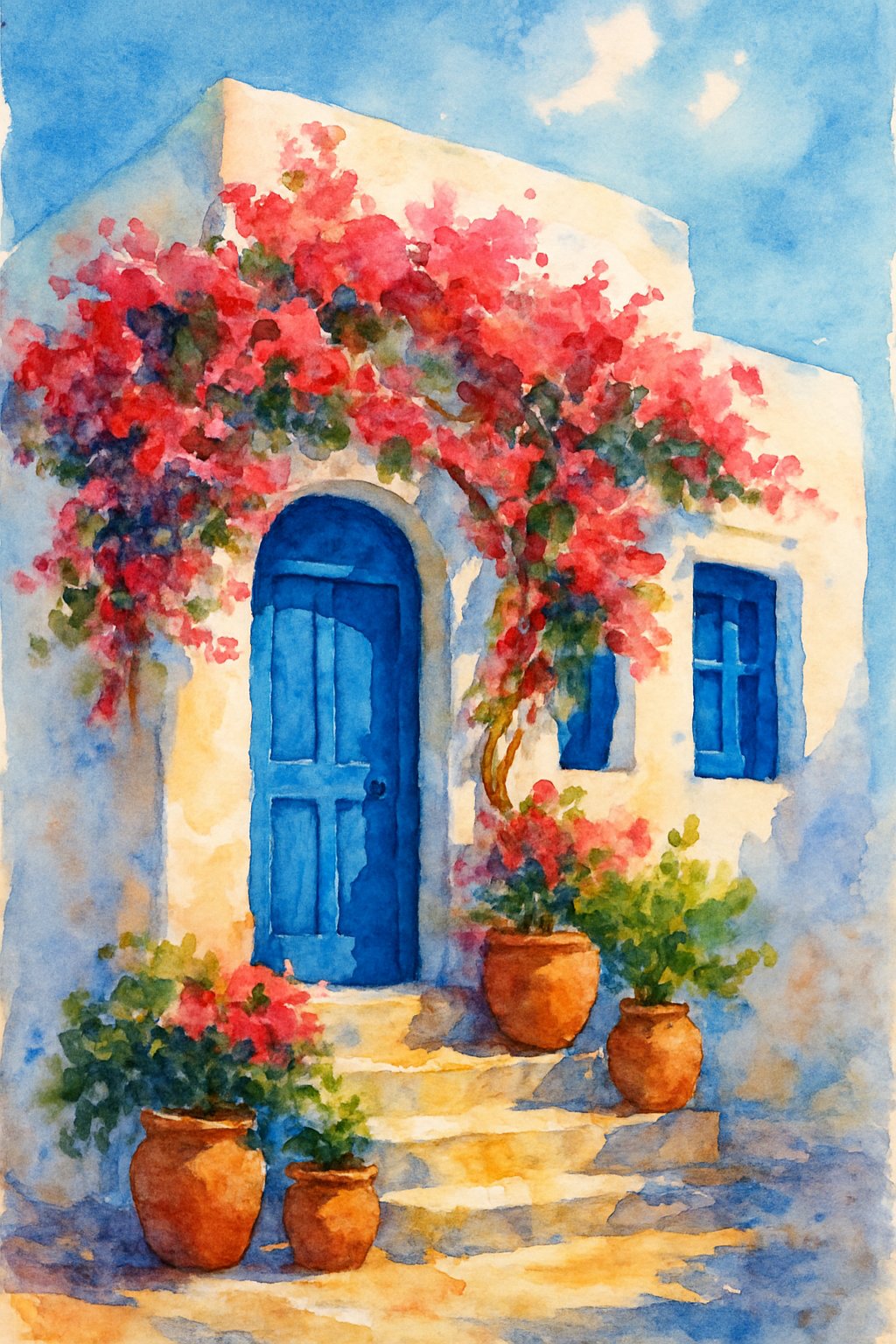
Light is the key factor in creating shadows. When light hits an object, it cannot pass through, so shadows form where the light is blocked.
Shadows vary based on the light source’s direction, intensity, and distance. A single strong light creates sharp, well-defined shadows. Softer or multiple light sources make shadows less distinct and more diffuse.
There are five main parts in the interaction of light and shadow:
| Element | Description |
|---|---|
| Highlight | Brightest spot where light hits directly |
| Light | Fully lit areas facing the light |
| Mid-tone | Transition between light and shadow |
| Core Shadow | Darkest part on the object itself |
| Cast Shadow | Shadow the object throws onto another surface |
Light creates shadows by changing the contrast between these areas. The core shadow helps define the object’s shape by showing where light recedes. The cast shadow shows where the object blocks light on nearby surfaces, grounding it in space.
Reflected light is important. It softens shadows by bouncing light back onto shaded parts. Without this, shadows would be completely black, which is rare in real life.
Understanding how light moves around objects helps artists create realistic and believable shadows, adding depth and form to their paintings.
Drawing and Mapping Shadows
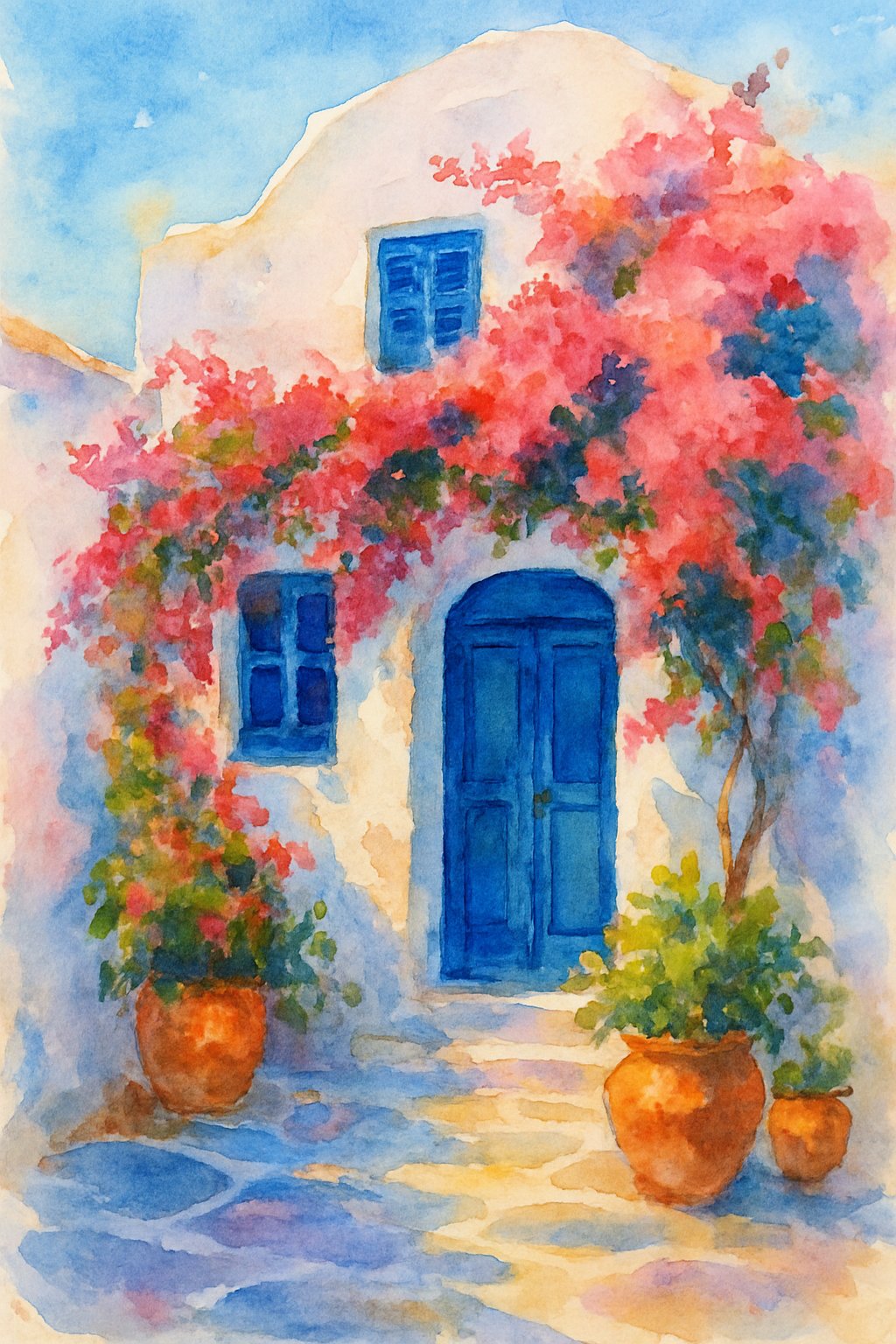
When drawing shadows, understanding where the light comes from is essential. Shadows form because an object blocks light, creating shapes called cast shadows on surfaces nearby.
Artists often start by identifying three main areas on a form:
- Light side: where the light hits directly
- Shadow side: the darker part not facing the light
- Cast shadow: the shadow dropped by the object onto other surfaces
Mapping shadows means sketching these shapes carefully before adding details. This helps keep the drawing logical and consistent with the light source.
Shadows change based on the type of light. A single, strong light source creates sharp, clear shadows with hard edges. Softer light produces blurry, less defined shadows.
To draw shadows accurately, one should:
- Observe the object and its surroundings closely
- Note the highlight, core shadow, and reflected light
- Sketch simple shapes of shadows first to block in forms
- Adjust edges and tones gradually to keep smooth transitions
Using shadow mapping helps artists see shapes as volumes, not just outlines. This approach builds a better 3D illusion in the drawing.
Practicing with basic forms, like spheres or cubes under one light, trains the eye to read light and shadow clearly. This skill transfers to drawing more complex subjects later.
Observing the Light Source
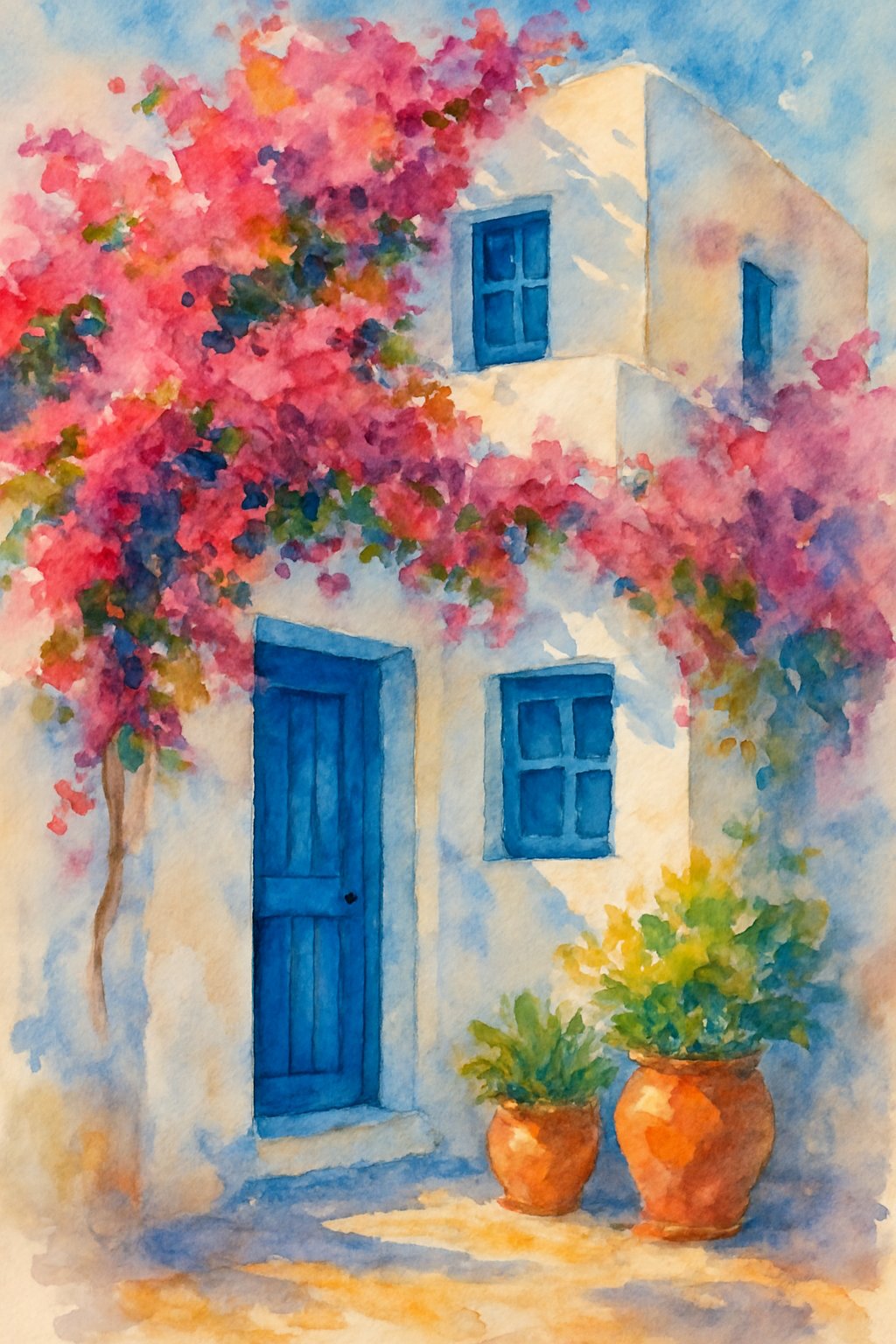
Understanding the light source is the first step in painting shadows accurately. The light source determines where highlights and shadows fall on an object. Without knowing this, shadows can appear random and unrealistic.
Artists should note the type of light—natural or artificial—and its direction. Natural light, like sunlight, tends to be softer and warmer. Artificial light, such as a lamp, often creates sharper and more defined shadows.
The intensity of the light also matters. Bright light produces strong, clear shadows with hard edges. Dimmer or diffused light softens shadows, creating gentle transitions between light and dark.
Key aspects to observe include:
- Position: Where the light hits the object.
- Distance: How far the light source is.
- Angle: The tilt or height of the light relative to the object.
It helps to place an object under a single light source and watch how shadows shift as the light moves. This simple exercise trains the eye to see subtle changes in light and shadow.
Artists should also consider reflected light. This is light that bounces off surrounding surfaces and slightly brightens shadow areas. Ignoring reflected light can make shadows look flat and unrealistic.
Recognizing the balance between highlights, core shadows, and cast shadows depends on careful observation of the light source. Painting shadows well requires this attention to detail.
Developing Your Shadow Painting Skills
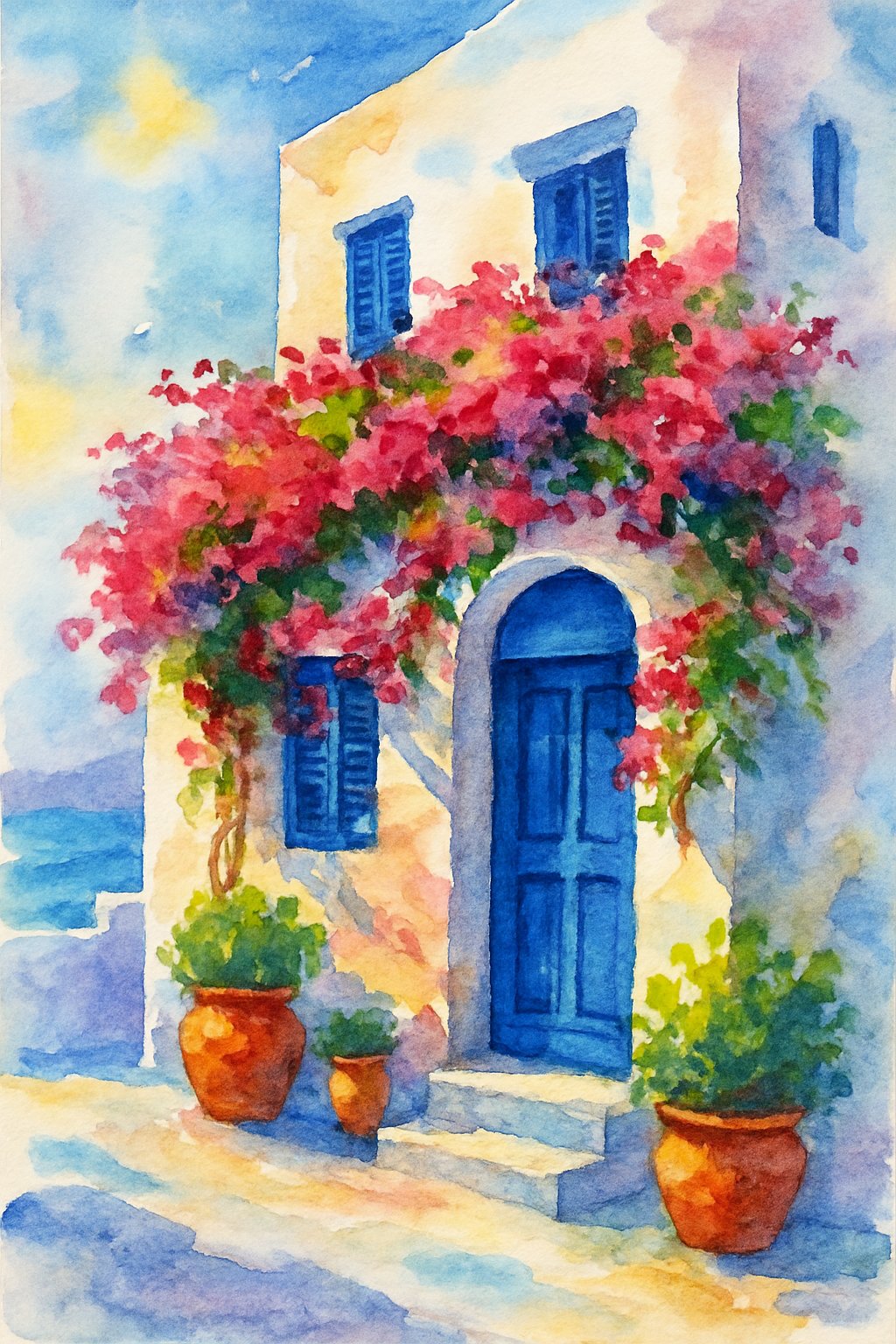
Building skill in painting shadows requires focused practice and observation. Learning how light and shadow interact helps create depth and shape in artwork. Developing this ability often involves exercises that train the eye and hand to capture shadows accurately.
Practice Exercises for Artists
Artists benefit from simple exercises to understand the nature of shadows. One effective practice is placing an object under a single light source, like a lamp. They observe and sketch the object’s highlight, core shadow, and cast shadow. This breaks down the complex interaction between light and shadow into clear parts.
Another useful exercise involves drawing or painting the same object multiple times with different light angles. This trains artists to see how shadows change with light direction. Taking classes that focus on drawing and shadow work can also provide structured practice and feedback.
Using these methods helps artists improve their ability to paint shadows with correct tone and texture. This skill gives paintings a more realistic and dimensional appearance.
Courses and Classes
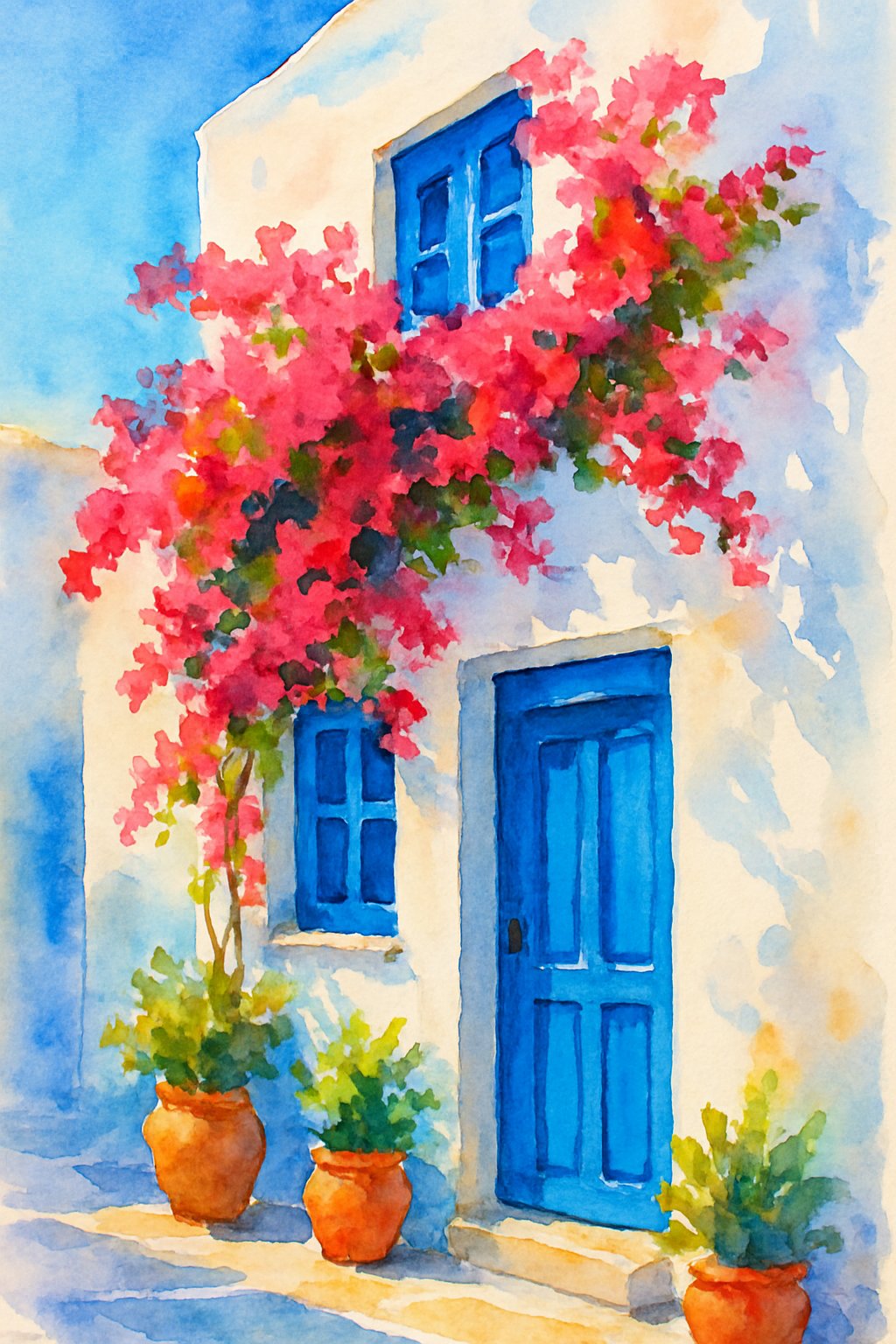
Many courses focus on teaching how to paint realistic shadows, starting with basic shapes and progressing to complex scenes. They often cover key topics like tonal values, light direction, and shadow types, helping artists create depth and mood in their work.
Some classes offer practical demonstrations using various subjects, including landscapes, figures, and still life. These lessons help students observe how light behaves and how shadows change depending on the light source.
Online classes may include free ebooks or downloadable materials to support learning. Students learn to see light and shadow with fresh eyes and practice different techniques such as line-and-wash or pastel painting.
Courses usually emphasize the importance of understanding light sources, shadow edges, and shadow placement on objects. This knowledge helps painters build realistic and believable artwork.
Many teachers encourage working in grayscale first, so artists can focus on value and contrast without the distraction of color. Regular practice and observation are also stressed to improve skills over time.
Common topics covered in classes include:
- Highlights, core shadows, and cast shadows
- Reflected light and penumbra
- Effects of natural versus artificial light
- Shadow gradient and color variation
These courses cater to beginners and advanced artists, offering exercises and tips to enhance shadow painting in different styles.
